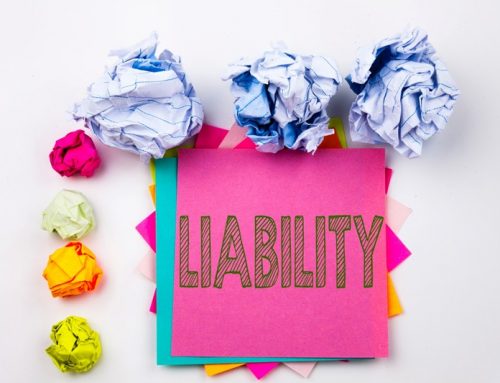In the Autumn Statement last year, it was announced that the existing R&D Expenditure Credit and Small and Medium Enterprise Scheme would be merged from April 2024. The merged scheme R&D expenditure credit (RDEC) and enhanced R&D intensive support (ERIS) became effective for accounting periods beginning on or after 1 April 2024. The expenditure rules for both are the same, but the calculation is different.
The merged RDEC scheme is a taxable expenditure credit and can be claimed by eligible trading companies within the charge to UK Corporation Tax. You can choose to claim under the merged scheme instead even if you are eligible for the ERIS, but you cannot claim under both schemes for the same expenditure.
The calculation and the payment steps of the merged scheme RDEC are broadly the same as the old RDEC scheme, however:
- a lower rate of notional tax restriction is available to small profit-makers and loss-makers; and
- a more generous PAYE cap applies.
The merged RDEC scheme is liable to Corporation Tax as it is deemed to be trading income.
The ERIS scheme allows loss-making R&D intensive SMEs to:
- deduct an extra 86% of their qualifying costs (additional deduction) in calculating their adjusted trading loss, as well as the 100% deduction which already appears in the accounts, to make a total of 186% deduction; and
- claim a payable tax credit, which is not liable to tax, and which is worth up to 14.5% of the surrendered loss.
The changes in the rules are complex and advice should be sought to ensure that any R&D spend remains qualifying. There have also been significant changes to the restrictions for expenditure on overseas R&D activities which are now generally restricted.





